- 1. 💰How much will I pay for a single bus or subway ride?
- 2. 🎫Can you buy a day ticket?
- 3. 🗺️Jak looks like zoning?
- 4. 🎫How and where do you buy tickets?
- 5. 📝How does the daily fee cap system work?
- 6. 🕛When does the tariff day end?
- 7. 📱 What do I show during the inspection if I use the card?
- 8. 🚇 Are rush hour rides more expensive?
London is one of the best-connected cities in the world. Metro, buses, trains, streetcars, and even overground railroads - all of which make it possible for you to get almost anywhere quickly. However, the public transport system in the capital United Kingdom can be intricate, especially for first-time visitors.
Therefore, we have prepared a detailed guide with answers For frequently asked questions. This will make it easier for you to find your way around London communications and avoid costly mistakes.
🎥 If you are interested in transport in London, see our video on this topic👇
1. 💰How much will I pay for a single bus or subway ride?

The cost of the bus ride is 1.75 pounds. Within this fee, you can take as many buses as you like for 60 minutes since the first tap in. This means that you can, for example, transfer two or three times an hour, and you will only pay once.
If you use the subway, the fee depends on the zone in which you are traveling. In zones 1-2 (that is, in the center) The off-peak ticket price is 2.80 pounds. During peak hours - between 06:30 a 09:30 and 16:00 a 19:00 - can be higher (e.g., £2.90). The ride includes transfers for up to two hours, which is very convenient for longer routes.
2. 🎫Can you buy a day ticket?
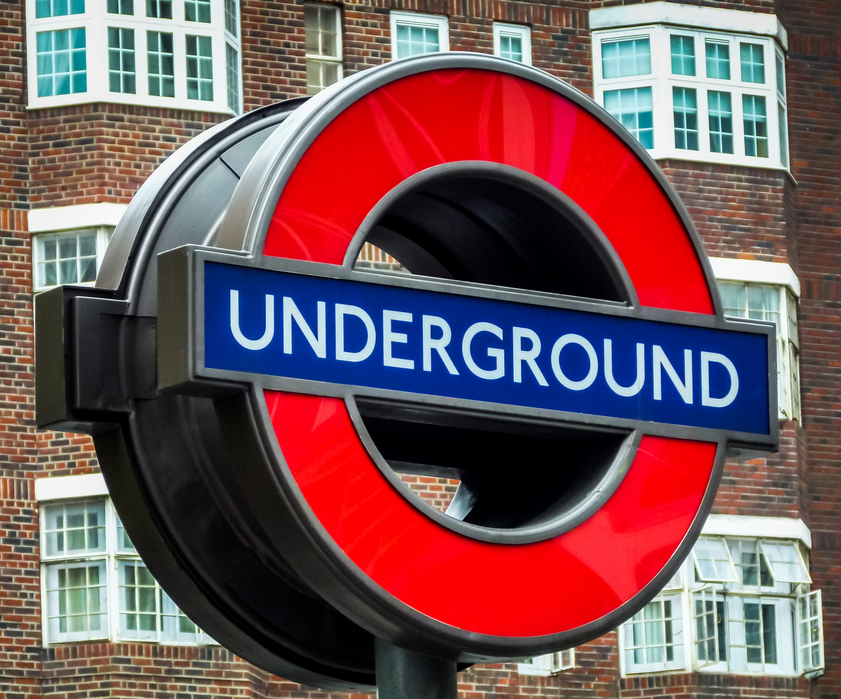
Yes - but it works a little differently than in other cities. In London You do not need to buy a day ticket in advance. You just need to pay for your rides with the same by payment card or smartphone, and the system automatically stops billing when the so-called "fee" is reached. daily cap.
Example: if you travel exclusively In zones 1-2, then the daily limit is 8.90 pounds. This means that after a few rides, the system will recognize that you have already paid the maximum rate and subsequent rides that day will already be free.
3. 🗺️Jak looks like zoning?
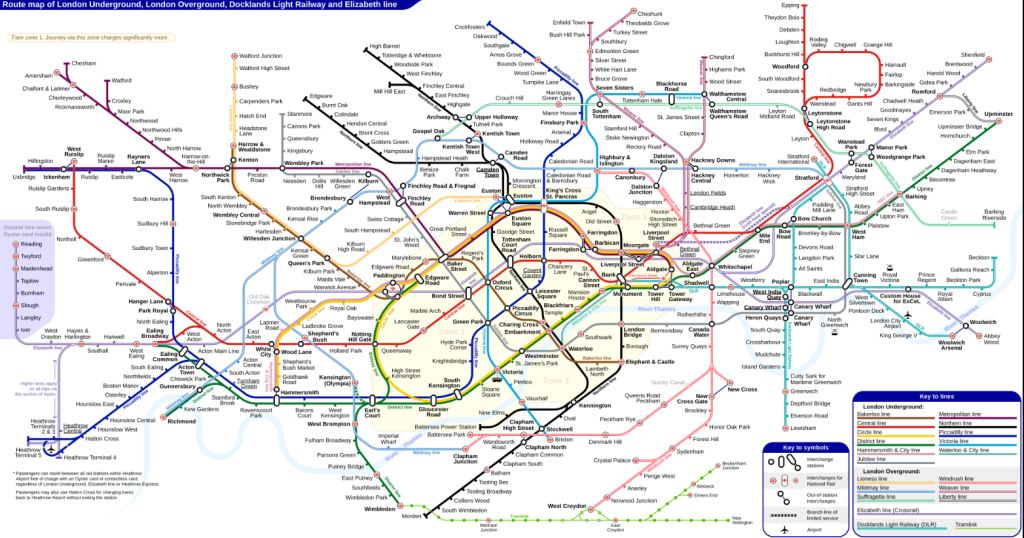
London has been divided into six communication zones, Which spread radially from the center:
- Zone 1 - Includes the inner city (e.g., Westminster, Soho, City of London),
- Zones 2-3 - medial and more residential areas,
- Zones 4-6 - The outskirts of the city and suburbs.
For most tourists, zones 1 and 2 will be the most relevant - this is where the most important monuments, museums, galleries and attractions are located.
4. 🎫How and where do you buy tickets?

The most convenient way is contactless payment - That is, by debit card, credit card or phone with Apple Pay/Google Pay. You don't need to buy anything in advance, you don't need paper tickets or an app.
It is enough that at the entrance to the subway, train or bus You apply the card to the yellow reader (tap in), and on the way out - again to the reader (tap out), if applicable. In buses, we only do tap in - No need to bounce when getting off.
At stations where there are no gates, you have to find the yellow post and make tap in/tap out manually.
5. 📝How does the daily fee cap system work?
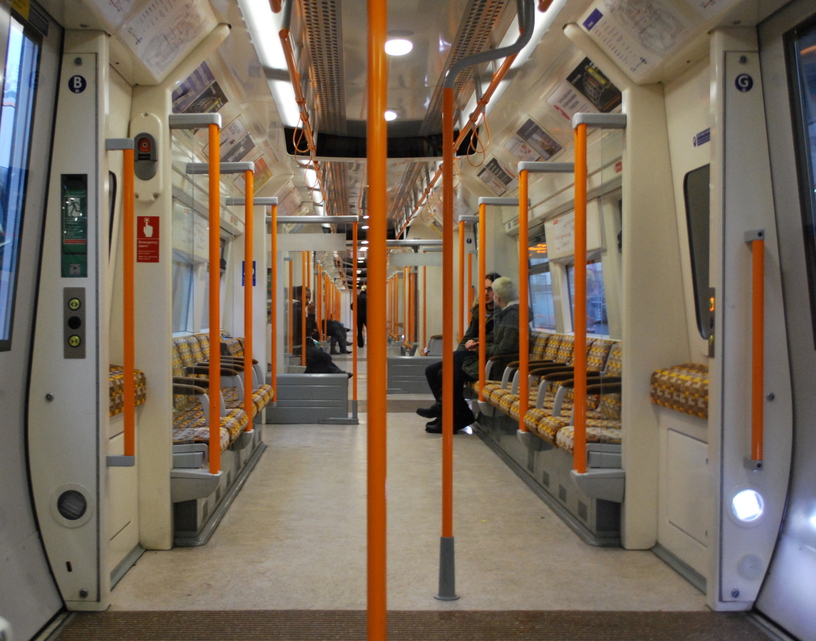
It works automatically and depends on the zone you are traveling in:
- Zones 1-2: £8.90
- Zones 1-3: £10.50
- Zones 1-4: £12.80

If you move around in different zones, the system will recognize this and charge you accordingly cap. Just remember one rule: use the same card throughout the day. Otherwise, the system will treat each card as a separate source of charges.
6. 🕛When does the tariff day end?
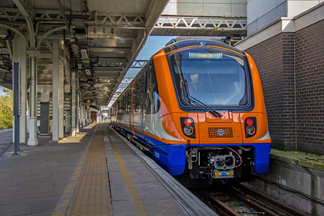
The fare day in London transport does not coincide with the clock day. Here's what it looks like:
- Metro, Overground, DLR, Elizabeth Line:
- Mon-Thu: until 00:30
- Fridays and Saturdays: until 04:29 a.m. the next day
- Buses and streetcars:
- every day until 04:29 am
That is, if you return to the hotel at 2 a.m. on Saturday, your daily cap is still in effect - only at 4:30 a.m. will the new fare day begin.
7. 📱 What do I show during the inspection if I use the card?
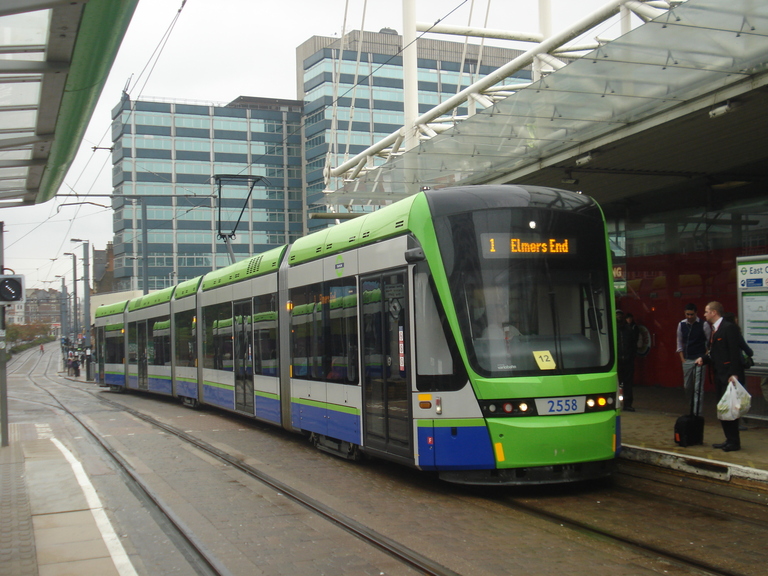
You don't get paper ticket. During the inspection you simply apply your card (or phone) to the controller reader. The system shows you if you have made a tap in and if everything is OK. All data is saved automatically.
8. 🚇 Are rush hour rides more expensive?
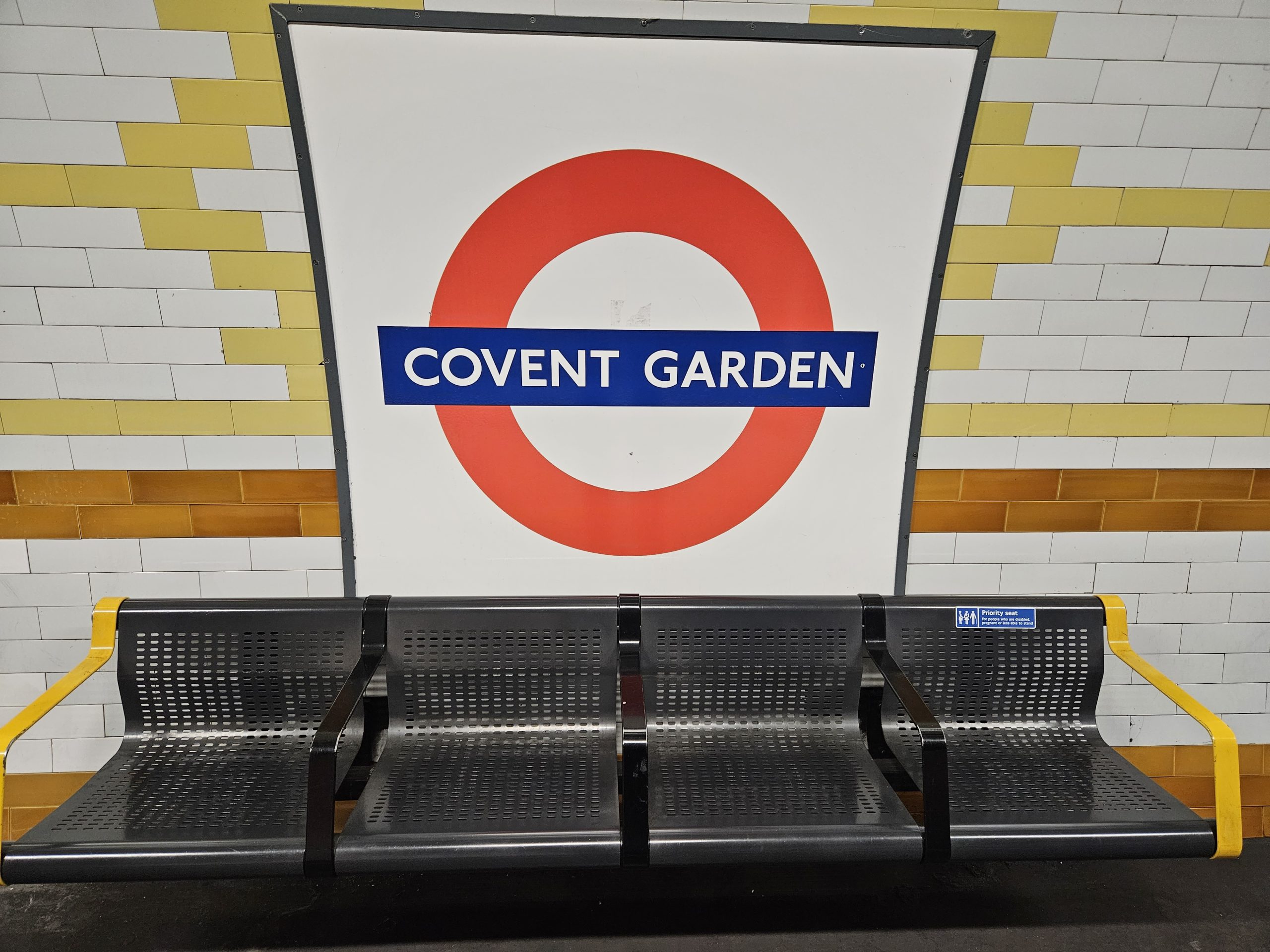
Yes - in hours peak (06:30-09:30 and 16:00-19:00) single trip prices are higher. For example, a trip in zones 1-2 may cost £2.90 instead of £2.80.
Daily fee limit (daily cap) remains the same, however - it does not change depending on the time of day.
It is also worth remembering that during peak hours is much more crowded. The carriages are overcrowded and pickpockets are active - it's worth keeping a special eye on your belongings then.
9. 🎒Is baggage subject to an additional fee?
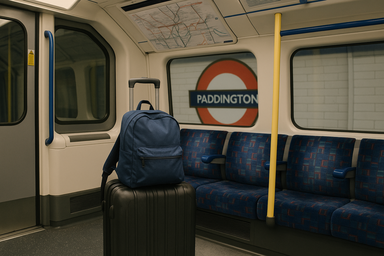
Not unless it is extremely large or bulky. You can carry suitcases, bags, backpacks at no extra charge if:
- They do not block the passage,
- you can lift them yourself,
- do not threaten security.
There are no specific dimensions, everything is based on common sense.
10. 🚈Does the day ticket include Overground, DLR and other lines?
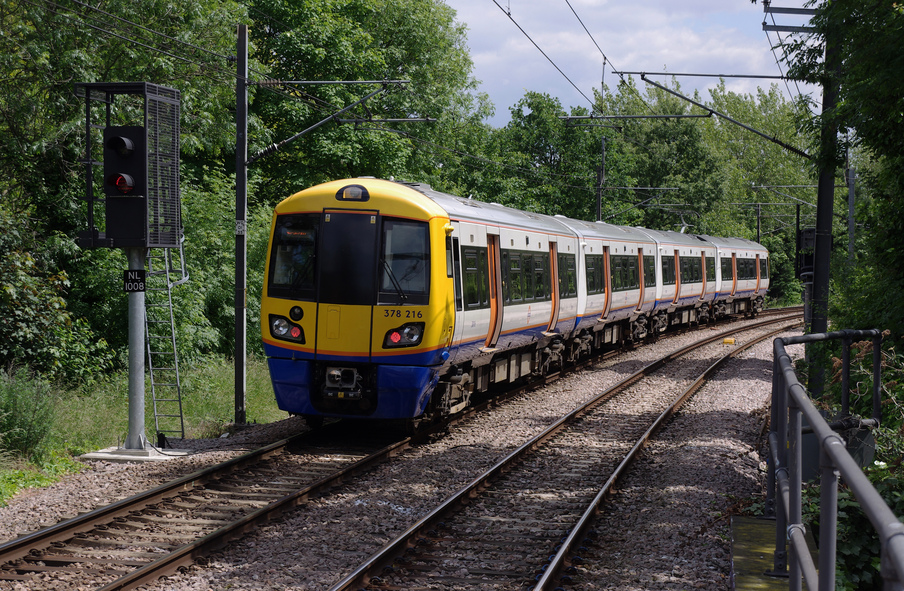
Yes - system TfL (Transport for London) treats the subway, London Overground, DLR and Elizabeth Line As a single ticketing system. When traveling with one card, you can use all of them without additional fees - as long as you move within the same zones. If you go outside the zone - the system will add the difference.
11. 👧Are there discounts for children and teenagers?

- Up to 11 years: free travel - the child passes through the gate together with the adult (preferably through the so-called wide gate).
- 11-15 years: discounts available with ownership Zip Oyster Photocard. However, this requires a prior application and fee.
- 16-18 years: also can get a discount card - for longer stays (such as study).
- Students (over 18 years old): can apply for an 18+ Student Oyster Photocard, but only when studying for more than 14 weeks.
Tourists usually use full rates and pay separately for each child - each person must have their own card or tapping device.
12. 📝What else is worth remembering?
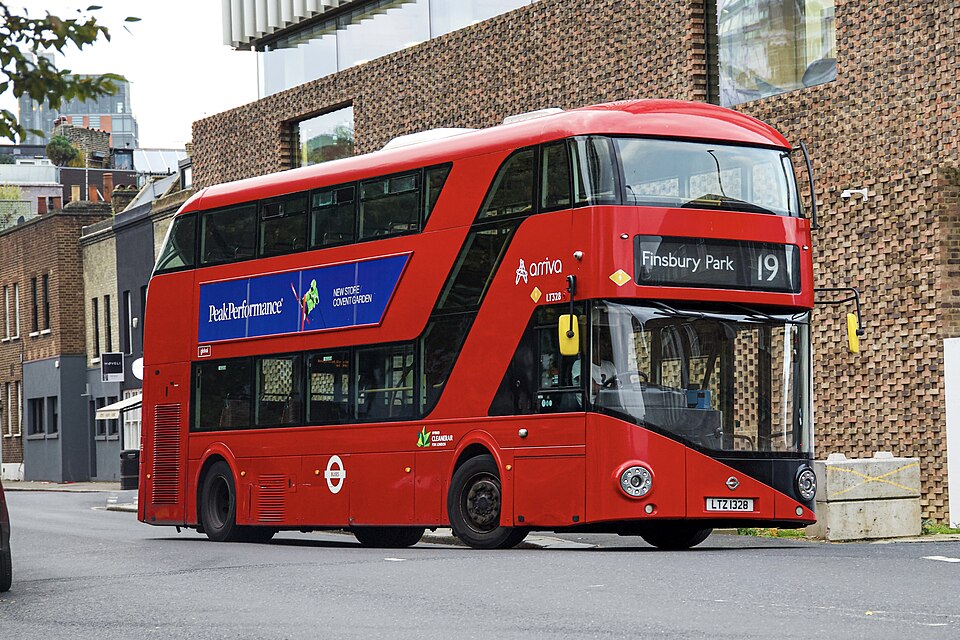
- Boarding of buses is possible only front door. You need to perform tap in By the driver.
- On buses we don't do tap out - The system charges the fee automatically.
- If the bus is overcrowded, don't try to get on through the back or middle door - the driver won't move until there is order.
- On buses, in the zone for people with disabilities, there is a sensitive alarm button - it is easy to press it accidentally, for example, while leaning. This can cause the vehicle to stop.
- In hours summit be vigilant - This is a favorite time for pickpockets.
Summary
London's public transportation, while seemingly complicated at first, is intuitive with contactless payments and a daily cap system. Use one card, remember to tap in/out, and enjoy exploring the city freely!
🚨 It's not a scene from a movie - it's a REAL EVENT! See how the thief stole within an hour 24 phones in central London.
📱 This video is important warning to tourists and residents. Find out how to protect yourself and where to be extra vigilant!
🛡️ You're planning a trip To London? Be sure to see our A video with 12 proven safety tips!
You will learn how to avoid pickpockets, Where to stay alert and how to navigate the city without stress. The perfect guide for every tourist!
Frequently asked questions
Najlepszym miejscem na zakup biletów na transport publiczny w Londynie jest karta Oyster. Można ją nabyć na lotniskach, w większych stacjach metra oraz online. Pozwala ona na znaczne oszczędności w porównaniu do biletów papierowych.
Alternatywnie, warto rozważyć Travelcard, jeśli planujesz intensywne zwiedzanie. Można ją kupić także w automatach biletowych w stacjach metra. Obie opcje pozwalają na korzystanie z metra, autobusów, DLR i tramwajów po niższych cenach.

System dziennego limitu opłat w Londynie to naprawdę wygodne rozwiązanie. Dzięki niemu można zwiedzać miasto bez obaw o przekroczenie budżetu na transport. Choć zasady mogą początkowo wydawać się skomplikowane, szybko się je opanowuje i można skupić na odkrywaniu uroków Londynu.